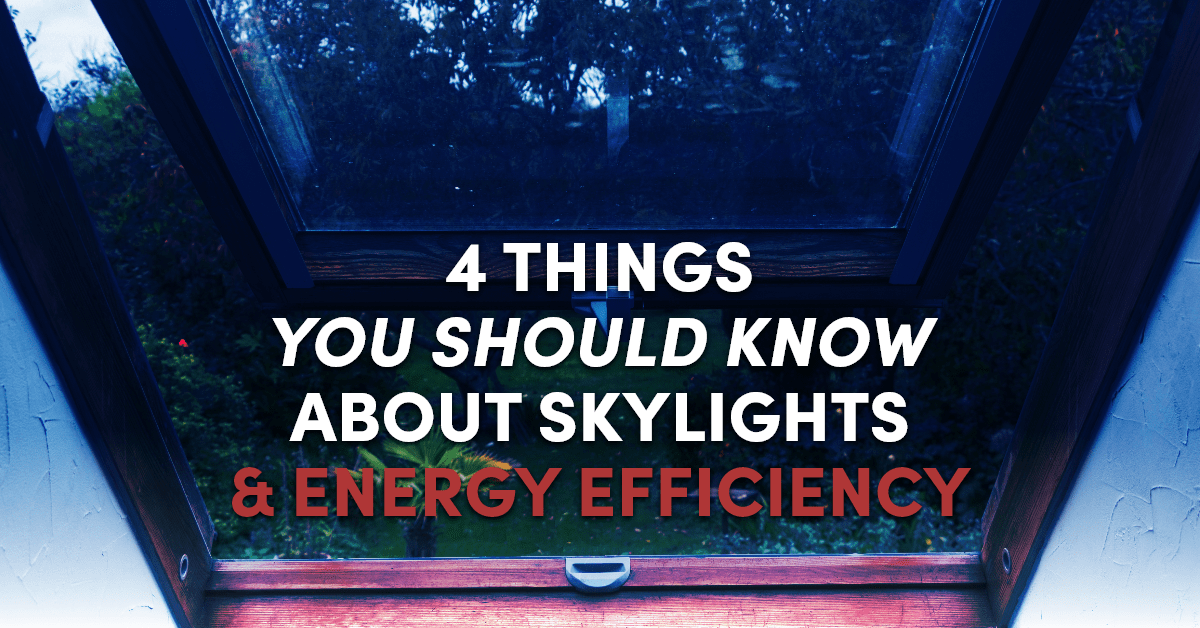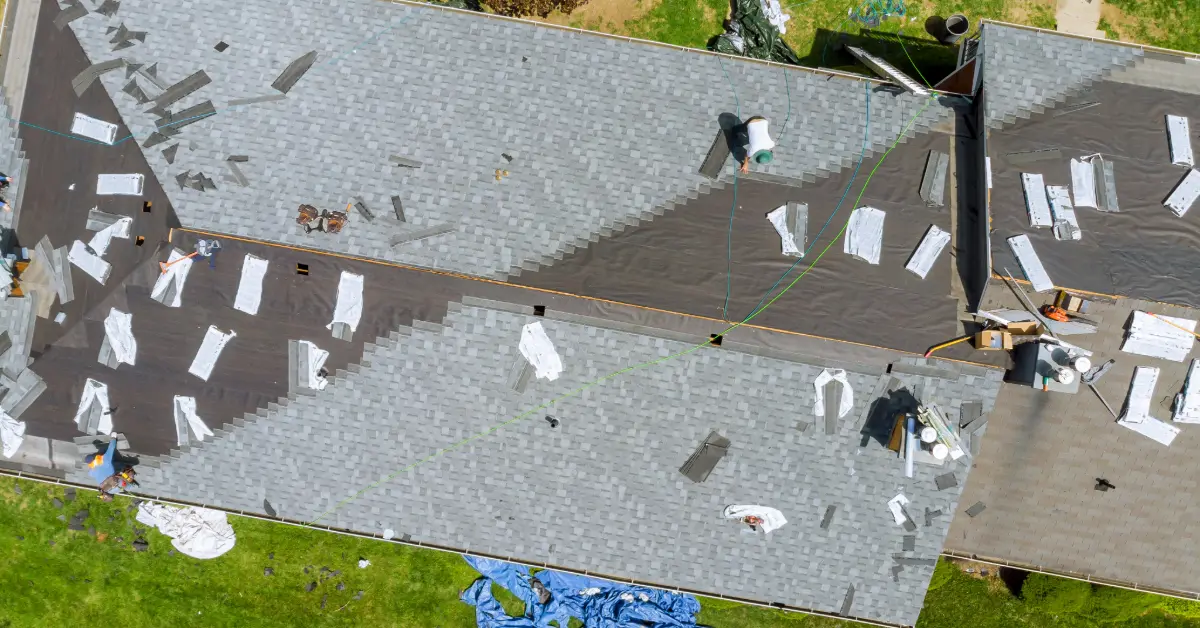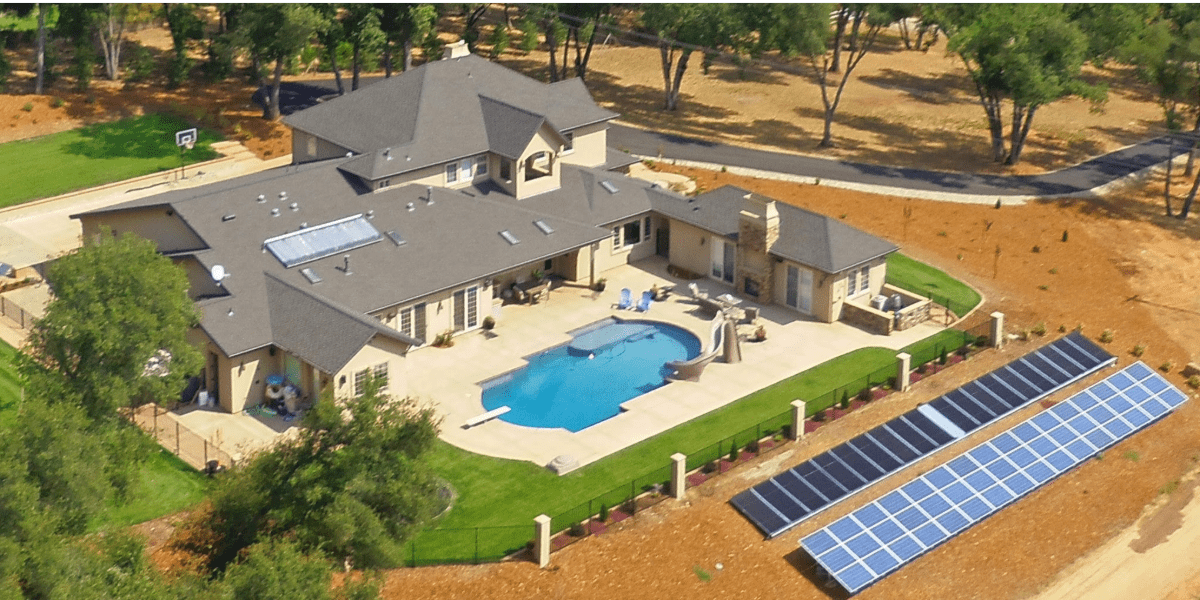Why did Vikings wear horns on their helmets? Is the Five-Second Rule really a rule? Are skylights energy efficient? People regularly flood the internet with questions like these. Not every question ends in a satisfying answer. Vikings never wore horns; a costume designer invented them. Bacteria do not own watches, so do not eat food off the floor. And skylights can be energy efficient. Knowing these four things about skylights can make you a wiser and wealthier homeowner.
1. Location, Location, Location
Proper placement of skylights really can reduce your electricity bill, say experts at Energy.gov, because the natural daylight flooding your Sacramento-area home means you do not need to flip on the lights.
Sun tunnels can brighten just about any room on the floor below your home’s roof, from a windowless walk-in closet to a bathroom. There is no need to turn on the lights when abundant; free sunlight pours in from the ceiling. The natural light is not only free, but it also brightens your mood.
2. By the Numbers
Skylights adhere to the federal Energy Star program’s rating system. That means every skylight comes with a set of numbers that tell you how good it is:
- U-factor, or the rate at which a skylight transmits non-solar heat flow, tells you how energy-efficient the skylight is, with a lower U-factor being more energy-efficient.
- Solar heat gain coefficient (SHGC) indicates the fraction of solar radiation admitted through the skylight (directly, or absorbed, or both) and then released as heat inside a home. A lower number means the skylight admits less heat, which is good for hot weather, while a higher number could benefit colder climates.
- Air leakage measures the rate of air movement around a skylight when a specific pressure difference moves across it. A low air leakage rating means a tighter skylight and less air loss of your expensively treated indoor air.
- Visible transmittance (VT) is a fraction of the visible spectrum of sunlight — weighted by the human eye’s sensitivity — that is transmitted through the glazing of a skylight, so the higher the VT, the more free light fills your home.
- Light-to-solar gain (LSG), the ratio between the VT and SHGC, measures the relative efficiency of different glass or glazing types in transmitting daylight while blocking heat; the higher the LSG, the more light is transmitted without adding excessive amounts of heat.
3. Under Hot Lights
Pageant contestants are not the only ones subjected to hot, artificial lighting. All the bulbs in your home, even the LEDs, give off some heat (with incandescent bulbs giving off the most).
In warm weather, you do not need to add to the heat in your Sacramento-area home. You do not need to make your cooling system (central air conditioner, heat pump, window air conditioners, or fans) work any harder. Skylights admit free, plentiful sunlight and daylight (even on overcast days) with minimal heat gain, so you can keep hot lights off and your HVAC system working less.
4. Size Matters
With skylights, size really does matter. Or rather, the ratio of the skylight size to room size matters. As the Energy Star program tells us,
As a rule of thumb, the skylight size should never be more than 5 percent of the floor area in rooms with many windows and no more than 15 percent of the room’s total floor area for spaces with few windows.
Suppose you and your roofer (the right contractor for any skylight installation) are looking at your dining room for locating a new skylight. The room measures 12 feet by 15 feet, which is 180 square feet. You have three windows in the room, so your skylight needs to be five percent of 180 square feet or nine square feet. It should be no bigger. You could have a skylight three feet long and three feet wide for that space.
If, though, the same-sized room has no windows (such as a bathroom, walk-in closet, laundry room, home office, or interior guestroom), you could have two or more skylights totaling 27 square feet in area.
One More Thought
While caution must be used when shopping for a skylight and determining its position in your home, the skylight’s energy efficiency depends mainly on the right contractor.
A skilled roofer is best equipped to put in your skylight. Your roofing contractor knows roofs, knows how to open a hole in a roof, knows how to install sun tunnels and skylights, and knows how to protect you:
- From escaping air and heat loss
- From water infiltration and damage
- From mold, mildew, and musty smells
- From condensation on the skylight
Ready to lower your energy bills? Contact us today at Straight Line Construction and ask about skylights, sun tunnels, rooftop ventilation, and more. We are ready to help you lower your carbon footprint while saving you money!








